#Amazing Astronomy
Explore tagged Tumblr posts
Text
🌌 This YouTube Short takes you on a breathtaking journey through space, unveiling a quick yet mind-blowing fact about a cosmic phenomenon. With stunning visuals and clear, concise explanations, we make the complexities of the cosmos easily understandable and utterly fascinating. Whether you're a space enthusiast or simply curious about the universe, this short video is sure to awe and inspire. Get ready to have your perspective on space expanded in the most beautiful way! 🌠 Like, subscribe, and comment with your thoughts or questions about this cosmic wonder. Stay tuned for more mesmerizing space facts in our upcoming Shorts! #SpaceFacts, #CosmicPhenomenon, #AstronomyLovers, #UniverseExploration, #EducationalShorts, #ScienceAndSpace, #AstronomyShorts, #SpaceVisuals, #AmazingUniverse, #SpaceExploration, #Astrophysics, #CelestialWonders, #ScienceEducation, #StunningCosmos, #LearnAstronomy
#Cosmic Phenomenon#Space Facts#Universe Mysteries#Astronomy Short#Science Education#Educational Space Content#Universe Visuals#Astrophysics Simplified#Celestial Bodies#Astronomy Enthusiasts#Space and Science#Educational Shorts#Space Exploration#Cosmic Wonders#Astronomy in Minutes#Space Education#Quick Space Facts#Universe Education#Space and Cosmos#Amazing Astronomy
0 notes
Text
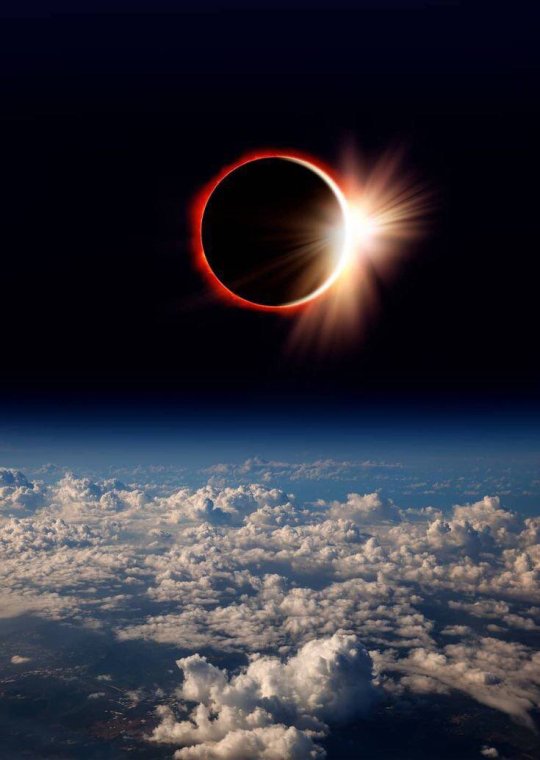
This is how Eclipse Solar 2024 is looking from space. 🔭🌘
#solar eclipse#solar eclipse 2024#eclipse#space#amazing#eclipse solar#sun#nasa#science#galaxy#nebula#cosmos#astronomy#night#sky#stars#Earth#moon#photography#earth#nature#awesome#art#day#clouds#blue#moonlight#🌙#perfect
4K notes
·
View notes
Text
“Mystery creates wonder and wonder is the basis of man's desire to understand.” ― Neil Armstrong
#manchester#photography#nature photography#media#nature#uk#iraq#naturelover#iraqi#neil armstrong#nasawebb#nasa#astronomy#nature is amazing#mountains#landscape#trees#forest#nature lovers#uk news#artists on tumbr#writers on tumbr#mastodon#we are peace#education#schools#course#learning#higher education#solutions
728 notes
·
View notes
Text
Fucking Hell this was amazing
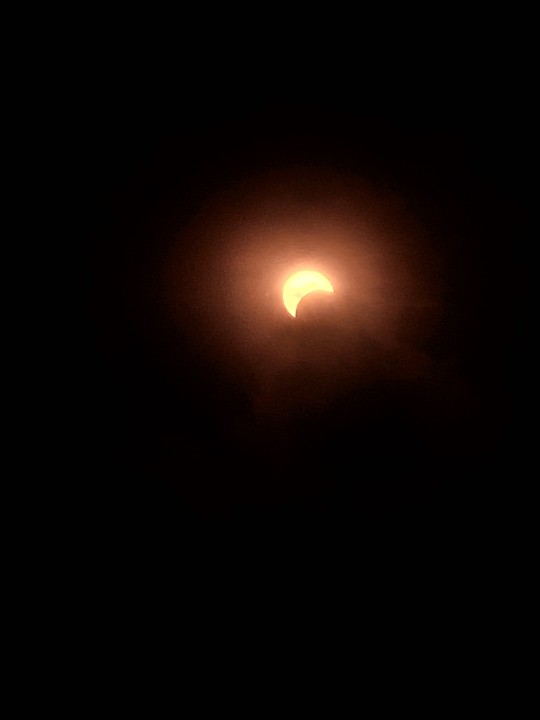

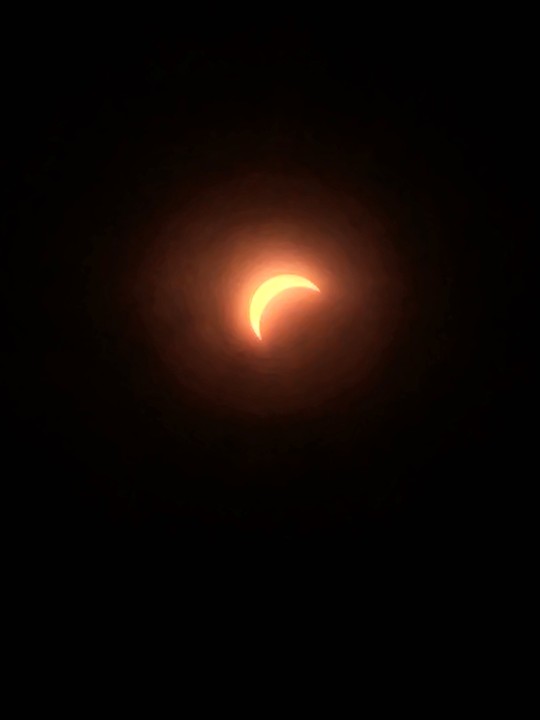


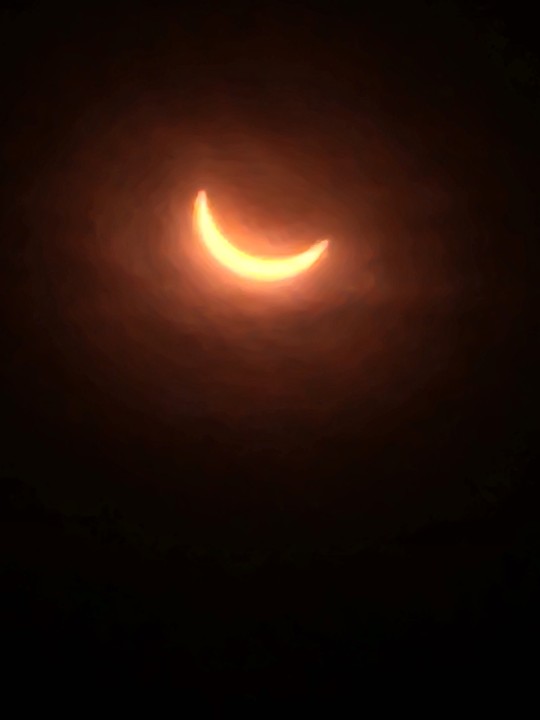
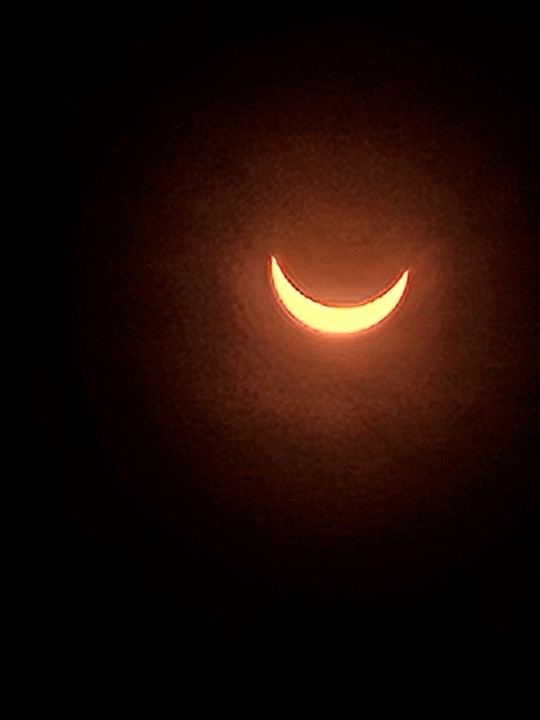

#mcu loki#loki laufeyson#loki god of stories#loki odinson#loki friggason#lokius#solar eclipse#solarballs#fucking hell#this is amazing#moon#sun and moon show#astronomy#outer space#it looks like the chesire cat#solar eclipse 2024
1K notes
·
View notes
Text
The Universe is Amazing !!!
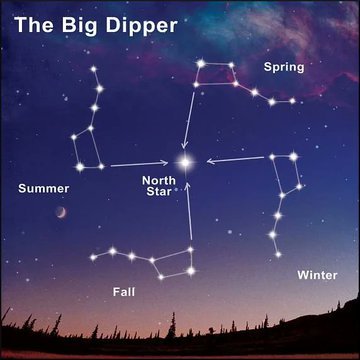
If you go outside on a clear evening and look to the northern sky, this is what you will see.
Polaris, the "North Star" is actually a triple star system composed of the bright supergiant Polaris Aa which is in orbit with the dimmer Polaris Ab and Polaris B. Situated less than 1° away from the north celestial pole, Polaris is currently our "pole star" over the North pole and is useful for navigation.
At this time of year (we're getting on toward fall as I post this) if you look to the approximately 7 o'clock position you will see two stars in a line aimed nearly directly at Polaris. These are the stars Merak and Dubhe which form the front of the "bowl" of the asterism (what we used to call constellation) The Big Dipper. The Dipper rotates slowly around Polaris over the course of the year with those two stars always pointing at it. So, you can tell the time of year (absent other clues of course) by where The Big Dipper lies in relation to Polaris.
The Universe Is Amazing !!!
(editor Alex here. For all the people accusing me of being a Nazi because of the unfortunate resemblance of the above illustration, I suppose if you have evil in your heart you ascribe evil to others. Why not keep it to yourself.)
269 notes
·
View notes
Text
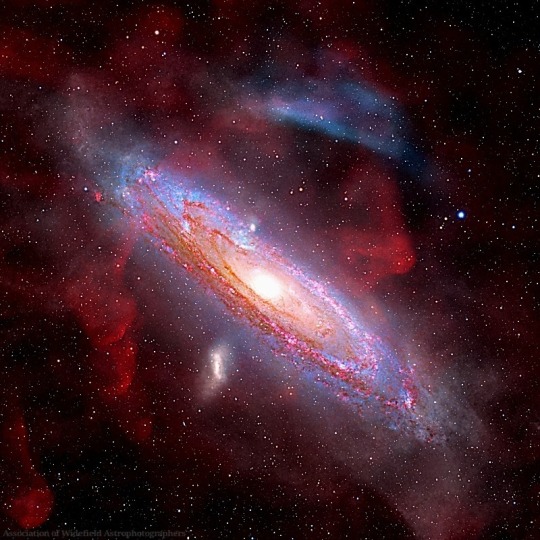
Andromeda Galaxy (by the Association of Widefield Astrophotographers)
#Andromeda Galaxy#photography#astronomy#space#nature#science#aesthetic#natural history#galaxy#stars#nebula#astrophotography#nature photography#night#night sky#amazing#galaxies#extraterrestrial#beauty-funny-trippy#universe
901 notes
·
View notes
Text
✨Lost Astronaut (2025)✨




#oc#artists on tumblr#my art#drawing#original character#original art#artwork#illustration#digital art#space#space oc#space art#spaceart#art space#astronomy#astronaut oc#astronaut#astronaut art#my characters#character art#character illustration#character design#originalcharacter#lineart#ocart#digitalart#digital illustration#digital drawing#the amazing digital circus#skecthbook
35 notes
·
View notes
Text
MIT scientists pin down the origins of a fast radio burst
New Post has been published on https://thedigitalinsider.com/mit-scientists-pin-down-the-origins-of-a-fast-radio-burst/
MIT scientists pin down the origins of a fast radio burst


Fast radio bursts are brief and brilliant explosions of radio waves emitted by extremely compact objects such as neutron stars and possibly black holes. These fleeting fireworks last for just a thousandth of a second and can carry an enormous amount of energy — enough to briefly outshine entire galaxies.
Since the first fast radio burst (FRB) was discovered in 2007, astronomers have detected thousands of FRBs, whose locations range from within our own galaxy to as far as 8 billion light-years away. Exactly how these cosmic radio flares are launched is a highly contested unknown.
Now, astronomers at MIT have pinned down the origins of at least one fast radio burst using a novel technique that could do the same for other FRBs. In their new study, appearing today in the journal Nature, the team focused on FRB 20221022A — a previously discovered fast radio burst that was detected from a galaxy about 200 million light-years away.
The team zeroed in further to determine the precise location of the radio signal by analyzing its “scintillation,” similar to how stars twinkle in the night sky. The scientists studied changes in the FRB’s brightness and determined that the burst must have originated from the immediate vicinity of its source, rather than much further out, as some models have predicted.
The team estimates that FRB 20221022A exploded from a region that is extremely close to a rotating neutron star, 10,000 kilometers away at most. That’s less than the distance between New York and Singapore. At such close range, the burst likely emerged from the neutron star’s magnetosphere — a highly magnetic region immediately surrounding the ultracompact star.
The team’s findings provide the first conclusive evidence that a fast radio burst can originate from the magnetosphere, the highly magnetic environment immediately surrounding an extremely compact object.
“In these environments of neutron stars, the magnetic fields are really at the limits of what the universe can produce,” says lead author Kenzie Nimmo, a postdoc in MIT’s Kavli Institute for Astrophysics and Space Research. “There’s been a lot of debate about whether this bright radio emission could even escape from that extreme plasma.”
“Around these highly magnetic neutron stars, also known as magnetars, atoms can’t exist — they would just get torn apart by the magnetic fields,” says Kiyoshi Masui, associate professor of physics at MIT. “The exciting thing here is, we find that the energy stored in those magnetic fields, close to the source, is twisting and reconfiguring such that it can be released as radio waves that we can see halfway across the universe.”
The study’s MIT co-authors include Adam Lanman, Shion Andrew, Daniele Michilli, and Kaitlyn Shin, along with collaborators from multiple institutions.
Burst size
Detections of fast radio bursts have ramped up in recent years, due to the Canadian Hydrogen Intensity Mapping Experiment (CHIME). The radio telescope array comprises four large, stationary receivers, each shaped like a half-pipe, that are tuned to detect radio emissions within a range that is highly sensitive to fast radio bursts.
Since 2020, CHIME has detected thousands of FRBs from all over the universe. While scientists generally agree that the bursts arise from extremely compact objects, the exact physics driving the FRBs is unclear. Some models predict that fast radio bursts should come from the turbulent magnetosphere immediately surrounding a compact object, while others predict that the bursts should originate much further out, as part of a shockwave that propagates away from the central object.
To distinguish between the two scenarios, and determine where fast radio bursts arise, the team considered scintillation — the effect that occurs when light from a small bright source such as a star, filters through some medium, such as a galaxy’s gas. As the starlight filters through the gas, it bends in ways that make it appear, to a distant observer, as if the star is twinkling. The smaller or the farther away an object is, the more it twinkles. The light from larger or closer objects, such as planets in our own solar system, experience less bending, and therefore do not appear to twinkle.
The team reasoned that if they could estimate the degree to which an FRB scintillates, they might determine the relative size of the region from where the FRB originated. The smaller the region, the closer in the burst would be to its source, and the more likely it is to have come from a magnetically turbulent environment. The larger the region, the farther the burst would be, giving support to the idea that FRBs stem from far-out shockwaves.
Twinkle pattern
To test their idea, the researchers looked to FRB 20221022A, a fast radio burst that was detected by CHIME in 2022. The signal lasts about two milliseconds, and is a relatively run-of-the-mill FRB, in terms of its brightness. However, the team’s collaborators at McGill University found that FRB 20221022A exhibited one standout property: The light from the burst was highly polarized, with the angle of polarization tracing a smooth S-shaped curve. This pattern is interpreted as evidence that the FRB emission site is rotating — a characteristic previously observed in pulsars, which are highly magnetized, rotating neutron stars.
To see a similar polarization in fast radio bursts was a first, suggesting that the signal may have arisen from the close-in vicinity of a neutron star. The McGill team’s results are reported in a companion paper today in Nature.
The MIT team realized that if FRB 20221022A originated from close to a neutron star, they should be able to prove this, using scintillation.
In their new study, Nimmo and her colleagues analyzed data from CHIME and observed steep variations in brightness that signaled scintillation — in other words, the FRB was twinkling. They confirmed that there is gas somewhere between the telescope and FRB that is bending and filtering the radio waves. The team then determined where this gas could be located, confirming that gas within the FRB’s host galaxy was responsible for some of the scintillation observed. This gas acted as a natural lens, allowing the researchers to zoom in on the FRB site and determine that the burst originated from an extremely small region, estimated to be about 10,000 kilometers wide.
“This means that the FRB is probably within hundreds of thousands of kilometers from the source,” Nimmo says. “That’s very close. For comparison, we would expect the signal would be more than tens of millions of kilometers away if it originated from a shockwave, and we would see no scintillation at all.”
“Zooming in to a 10,000-kilometer region, from a distance of 200 million light years, is like being able to measure the width of a DNA helix, which is about 2 nanometers wide, on the surface of the moon,” Masui says. “There’s an amazing range of scales involved.”
The team’s results, combined with the findings from the McGill team, rule out the possibility that FRB 20221022A emerged from the outskirts of a compact object. Instead, the studies prove for the first time that fast radio bursts can originate from very close to a neutron star, in highly chaotic magnetic environments.
“These bursts are always happening, and CHIME detects several a day,” Masui says. “There may be a lot of diversity in how and where they occur, and this scintillation technique will be really useful in helping to disentangle the various physics that drive these bursts.”
This research was supported by various institutions including the Canada Foundation for Innovation, the Dunlap Institute for Astronomy and Astrophysics at the University of Toronto, the Canadian Institute for Advanced Research, the Trottier Space Institute at McGill University, and the University of British Columbia.
#000#2022#amazing#Astronomy#Astronomy and astrophysics#Astrophysics#atoms#author#billion#Black holes#Canada#comparison#data#diversity#DNA#driving#Emissions#energy#Environment#explosions#fast radio bursts#Filters#Foundation#galaxies#Galaxy#gas#Giving#how#hydrogen#Innovation
47 notes
·
View notes
Text
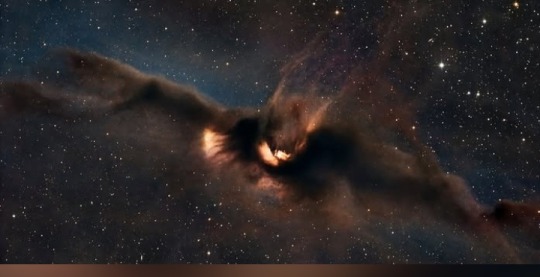
LDN 43: The Cosmic Bat Nebula
"Located about 1400 light year away in the constellation Ophiucus, this molecular cloud is dense enough to block light not only from background stars, but from wisps of gas lit up by the nearby reflection nebula LBN 7. Far from being a harbinger of death, this 12-light year-long filament of gas and dust is actually a stellar nursery. Glowing with eerie light, the bat is lit up from inside by dense gaseous knots that have just formed young stars."
#the cosmic bat nebula#bat nebula#nebula#galaxy#space#nasa#stars#constellation#star#sky#cosmos#universe#astronomy#amazing#milky way#Orion#solar system
46 notes
·
View notes
Text
Moon of the Day

Earth’s moon!!!
I’m always too busy thinking about all of the other moons that I always forget about our own moon and how much it does for us, but it definitely deserves to be the first ever moon I talk about on the blog:)
Earth’s moon, sometimes nicknamed Luna is the fifth largest moon in the whole solar system. The main theory of how it was created is- When the Earth was young and there were still a lot more rocky planets that weren’t fully formed yet in our region of the solar system, one theoretical planet named Theia orbited very close to us. Eventually the Earth and Theia crashed into each other, but Theia was the smaller planet and didn’t make it. What it did do was launch a large piece of the Earth into space which then molded into a ball because of gravity and stayed in orbit around us becoming moon.
This theory is believed because, when humans landed of the moon in 1969, they brought back samples of Lunar rock. In the sample, they found that the composition was incredibly similar to the composition of earth rock. This led scientists to think that the moon must have originally been part of the Earth.


(Samples of Lunar rock)
Not only does the moon have a cool history, but it also helps us a lot!!! It stabilizes the tides and provides light during the night time, and a lot of animals rely on the moon for their internal clocks.
Something that just occurred to me is that some people might not know why the moon is bright when it’s dark outside for us, or how the moon phases work.

(Picture from space.com)
Basically, as the moon spins around the Earth, different amounts of surface area will be illuminated by the sun causing the moon phases.
Fun fact: The moon is tidally locked to the Earth, which means that we can only ever see one side of it.
Also, a (not so) fun fact: The moon is moving about 3.78cm away from us every year, so feel lucky that you get to see the moon as it is now, because in the future, people on Earth won’t have that privilege.
Overall, our moon is just really really cool, and I hope that you maybe learned something about the giant piece of rock in the sky:)
41 notes
·
View notes
Text


Aurora boreale 🌌
#unparadisoblu-22#tumblr#aurora boreale#aurora borealis#aurora#stars#stelle#notte#night#10.10.2024#artists on tumblr#Italia#italy#astronomy#astronomia#pink#purple#red#rosa#viola#rosso#mountain#montagna#wow#amazing#view
37 notes
·
View notes
Text
ok very excited. I think I can fit both astronomy and neuroscience&physiology into my master's as the minor subject studies. I might get tf out of astronomy like a week into it, bc I suck at physics & now it's been like 5 years since I've done anything physics-related and I don't remember the math-side of it at all. But both of those I've at some point considered to major in, so I think I need to see the "what could have been"s etc.
Also there are some courses on bioinformatics that I wanna take that are a bit closer to the computer science stuff (aka my actual degree) that I'm very interested abt. Also "programming quantum computers"?? that sounds cool as fuck and I already know I'm going to regret it so much (shit sounds complicated & super time consuming) but alas, I'm gonna have to give it a try; sounds too cool not to.
Rn I have 4 too many courses for the degree, but I'm sure I'll drop more than enough once I actually get to some of them and realize that it actually sucks lol. Most likely expecting that to happen with the astronomy, idk how much ''ooh planets starts'' is gonna help when I'm neck deep in math again
#in the bachelor's degree I minored in criminology#so if I managed to get both of those in I've gotten to study my big 3 side interests (space neuroscience and criminology) so like that'd be#actually amazing#already did sorta get the neuroscience in there with my thesis but haven't taken any legit courses on it#although the neuroscience&physiology is more towards the physiology side of things but like I'll take what I can get#there isn't any like BRAINS!! study track available and I think it's bc heavy amount of prerequisites u just can't rly get when u just take#a couple courses#very nervous abt the astronomy math side of things tho#like it's also been a good while since I took any math courses#and not with the best grades#but I'm hoping the context of it makes the math also more interesting to me#but the first astronomy course would be in January so I have time to think abt it#december 2024#2024
48 notes
·
View notes
Text

Today’s “Ring of Fire” eclipse. from, Bryce Canyon National Park.
Credits: NPS Photo/Peter Densmore.
#solar eclipse#amazing#event#sun#moon#eclipse#eclipse solar#astronomy#photography#solar system#earth#universe#cloud#nature#bryce canyon#natural park#tree#clouds#tumblr#original photographers#photographers on tumblr#awesome#art#blue#landscapes#planet#nasa#photo#annular eclipse#annular solar eclipse
7K notes
·
View notes
Text
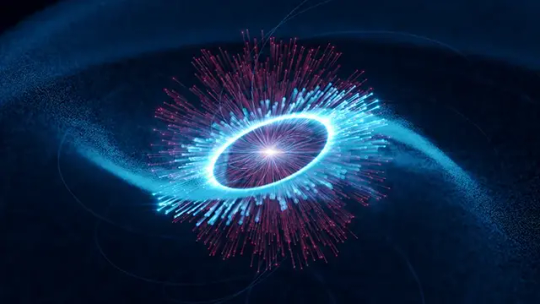
Scientists have detected the highest energy gamma rays ever from a dead star called a pulsar. The energy of these gamma rays clocked in at 20 tera-electronvolts, or about ten trillion times the energy of visible light.
Read more: https://rb.gy/w4xml
#nasa#astronomy#astrophotography#solar system#astrophysics#hubble#physics#james webb images#james webb space technology#nebula#pulsar#dead stars#amazing facts#amazing#i love universe#law of the universe#my universe#observable universe#linked universe#space exploration#outer space#study space#space#nasa scientists
128 notes
·
View notes
Note
Please, my friend, donate to me. I need your support. My tent burned down and my husband and children were injured. Please,🙏🙏💔💔
Of course! Muhammed's campaign of €50,000 will help evacuate his parents, who also need the funds to get access to medicine for their worsening health conditions, his wife, his three children, Mira (4), Osama (6), and Ahmed (8), and himself. But they are only at ��31,892/€50,000 so please donate if you are able to and always reblog
#hazbin hotel#free gaza#all eyes on rafah#helluva boss#free palestine#art#ceasefire#the amazing digital circus#from the river to the sea palestine will be free#house of the dragon#gravity falls#halloween#beetlejuice#autumn#october#spooky season#poolverine#deadpool 3#deadpool#deadpool and wolverine#artists on tumblr#space#astronomy#zelda#legend of zelda#bojan cvjetićanin
13 notes
·
View notes
Text
We;ve Invented A Bidet That Shoots Ionizing Radiation
#inspirational#jane goodall#the jim stank science foundation#wow#science#amazing#nasa#astronomy#space#nasa photos#technology#elon musk#cool#amazing science#HVAC#LHC#toilet technology
24 notes
·
View notes